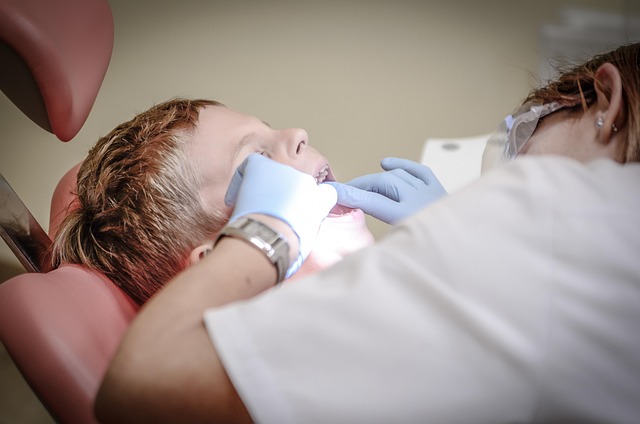Health and Hygiene Protocols for Group Child Care
Clear health and hygiene protocols are essential in group child care to protect children, staff, and families while supporting learning and development. Practical routines for cleaning, illness screening, hand hygiene, safe food handling, and inclusive practices help programs maintain safety and foster social skills and early childhood development.

Strong, practical protocols for health and hygiene help group child care settings reduce illness transmission while preserving an environment where children can learn, play, and grow. Establishing predictable routines and communicating expectations to staff and families supports consistent practice. Protocols should balance evidence-based infection control with developmentally appropriate approaches that encourage independence and social skills without creating fear.
This article is for informational purposes only and should not be considered medical advice. Please consult a qualified healthcare professional for personalized guidance and treatment.
early childhood and child development
Designing hygiene routines with child development in mind increases effectiveness. Young children learn best through modeling and simple routines; caregivers can use songs, visual prompts, and step-by-step demonstrations to teach handwashing, toothbrushing, and toileting. Embedding these practices into daily schedules supports fine motor skills, self-help abilities, and confidence. When hygiene learning is tied to developmental milestones and individualized support, children build habits that contribute to lifelong health and social competence.
safety and hygiene protocols
Safety and hygiene policies must work together to minimize risks. Clear procedures for safe storage of cleaning agents, proper diapering technique, and routine sanitization of high-touch surfaces reduce cross-contamination. Use appropriate EPA-registered disinfectants per label instructions and maintain adequate ventilation where feasible. Keep written logs for cleaning and incident tracking so staff can follow consistent standards. Creating physical layouts that reduce crowding during transitions and using outdoor space when possible also enhance safety.
nutrition and health monitoring
Nutrition and routine health monitoring are cornerstones of wellbeing in group care. Implement handwashing before meals, safe food handling practices, and individualized plans for children with allergies or special dietary needs. Daily symptom screening on arrival, clear exclusion criteria for contagious conditions, and up-to-date immunization records help limit outbreaks. Communicate promptly and transparently with families about symptoms and exposures so that health decisions are made collaboratively and based on the most current public health guidance.
play-based curriculum and social skills
A play-based curriculum offers natural opportunities to teach hygiene alongside social skills. Incorporate activities that make handwashing and sanitation part of dramatic play, songs, and cooperative games. Rotate and clean shared materials like blocks and sensory bins on scheduled cycles; sanitize soft toys following manufacturer guidance. Encourage turn-taking, empathy, and conflict resolution during activities so children practice social skills while routines for cleanliness become embedded in everyday learning rather than separate directives.
family engagement and inclusion
Engaging families and designing inclusive policies improve adherence and equity. Share culturally sensitive materials about hygiene expectations, illness policies, and nutrition routines, and invite family feedback when accommodations are needed for medical or developmental considerations. Collaborate with families to reinforce routines used at the program so children experience continuity between home and care. Coordinate with local services and community health resources to ensure families have access to accurate information and support when needed.
staff training and ongoing quality
Ongoing staff training ensures protocols are implemented consistently. Training should include hands-on demonstrations for cleaning, symptom recognition, safe food handling, and strategies for teaching hygiene to different age groups. Regular refreshers, competency checks, and opportunities for staff to share observations foster a culture of continuous improvement. Encourage reporting of concerns and periodic reviews of policies to incorporate updated public health recommendations and to adapt practices to the needs of the children and families served.
Policies that integrate health practices with the educational goals of a program help maintain both wellbeing and quality of care. By combining clear safety measures, nutrition safeguards, a play-based curriculum that reinforces hygiene, inclusive family engagement, and regular staff training, group child care settings can create environments that protect health while promoting social skills and healthy development. Regular review and adaptation of protocols to reflect current guidance and community context will support ongoing effectiveness.






